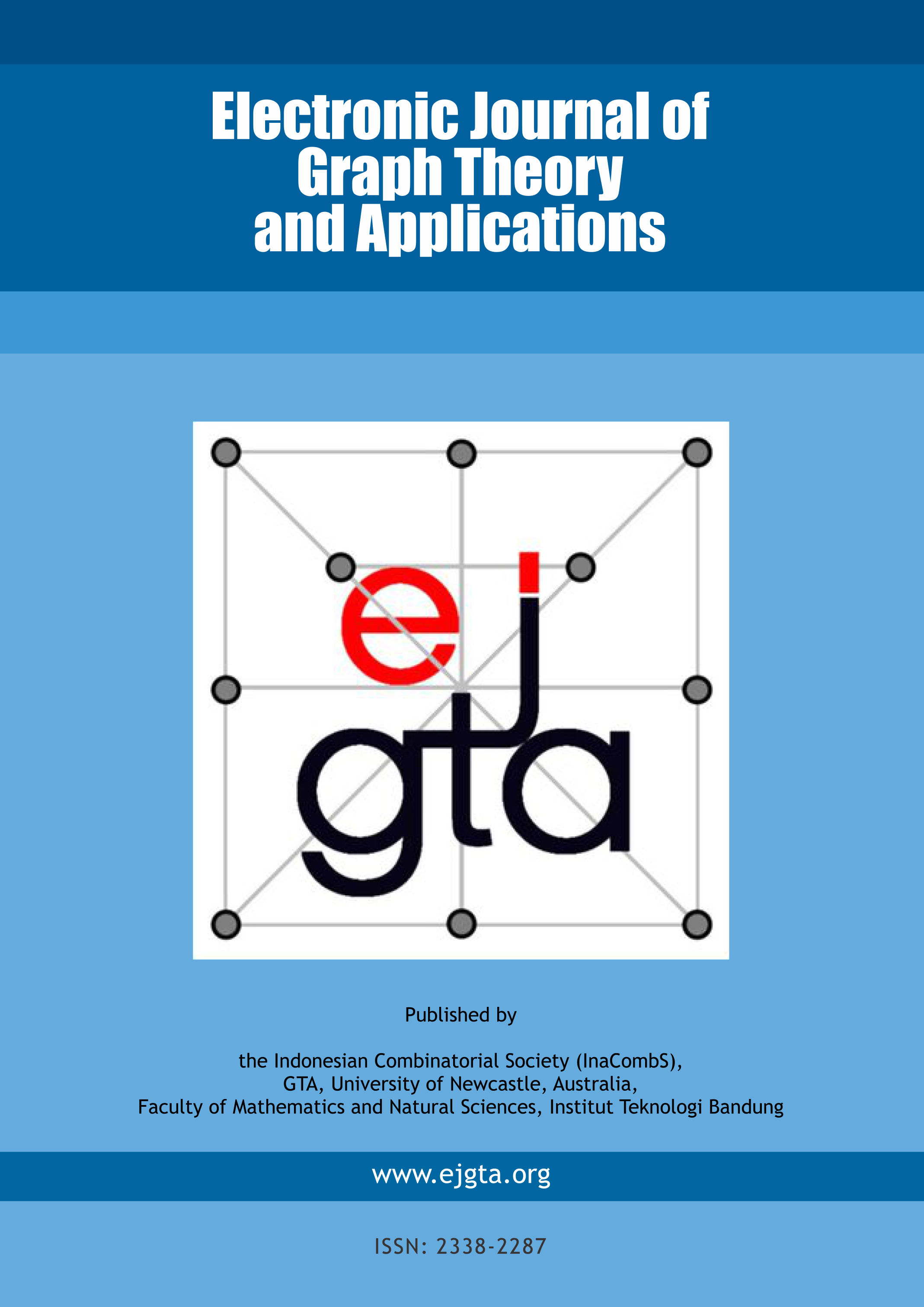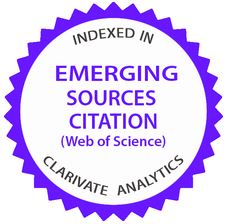Pareto graphs
Abstract
It is well-known that Pareto distribution and related generalizations have historically been considered suitable for modeling income and wealth distributions, among other fields. Nowadays, graphs can be used to model many types of relations and processes in physical, biological, social, and information systems. By combining both concepts, this paper introduces the notion of the Pareto graph and gives some sufficient conditions to determine the existence of a giant component. A simulation study is carried out to evaluate the performance of Pareto random graph generation. In addition, basic graph properties of this novel kind of graph are contrasted with well-known models for random graph generation. The results are applied to real-life data that come from social networks, under the assumption that the degree distribution is well fitted by a Generalized Pareto distribution and compared with the fitting by other heavy-tailed distributions.
Keywords
Full Text:
PDFDOI: http://dx.doi.org/10.5614/ejgta.2025.13.1.7
References
A.L. Barabási and R. Albert, Emergence of scaling in random networks, Science, 286(5439) (1999), 509–512.
F. Bergeron, G. Labelle, and P. Leroux, Combinatorial Species and Tree-Like Structures, Cambridge University Press, 67, 1998.
B. Bollobás and B. Béla, Random Graphs, Cambridge University Press, 73, 2001.
D.G. Champernowne, A model of income distribution, The Economic Journal, 63(250) (1953), 318–351.
G. Csardi and T. Nepusz, The igraph software package for complex network research, InterJournal Complex Systems, 1695 (2006), 1–9.
P. Erds and A. Rényi, On random graphs I, Publ. Math. Debrecen, 6 (1959), 290–297.
P. Erds and A. Rényi, On the evolution of random graphs, Publ. Math. Inst. Hungar. Acad. Sci, 5 (1960), 17–61.
P. Erds and A. Rényi, On the strength of connectedness of a random graph, Acta Mathematica Hungarica, 12(1-2) (1961), 261–267.
A.C. Frery, H.J. Muller, C. da Costa Freitas Yanasse, and S.J. Siqueira Sant’Anna, A model for extremely heterogeneous clutter, IEEE Transactions on Geoscience and Remote Sensing, 35(3) (1997), 648–659.
C.M. Harris, The Pareto distribution as a queue service discipline, Operations Research, 16(2) (1968), 307–313.
I. Kryven, General expression for the component size distribution in infinite configuration networks, Physical Review E, 95(5) (2017), 052303.
B. Mandelbrot, New methods in statistical economics, Journal of Political Economy, 71(5) (1963), 421–440.
K.K. Meng, D. Fengming, and T.E. Guan, Introduction to Graph Theory: H3 Mathematics, World Scientific Publishing Company, 2007.
S.P. Millard, EnvStats: An R Package for Environmental Statistics, Springer, New York, 2013.
M.E.J. Newman, S. Strogatz, and D.J. Watts, Random graphs with arbitrary degree distributions and their applications, Physical Review E, 64(2) (2001), 026118.
V. Pareto, Cours d’économie politique, Librairie Droz, 2, 1964.
J. Pickands III, Statistical inference using extreme order statistics, The Annals of Statistics, 3(1) (1975), 119–131.
K.R. Pm, A. Mohan, and K.G. Srinivasa, Practical Social Network Analysis with Python, Springer, 2018.
R Core Team, R: A Language and Environment for Statistical Computing, R Foundation for Statistical Computing, 2024.
M. Ribatet and C. Dutang, POT: Generalized Pareto distribution and peaks over threshold, R package version, 2009, 1–1.
R.A. Rossi and N.K. Ahmed, The Network Data Repository with Interactive Graph Analytics and Visualization, AAAI, 2015.
H.A. Simon and C.P. Bonini, The size distribution of business firms, The American Economic Review, 48(4) (1958), 607–617.
H.O.A. Wold and P. Whittle, A model explaining the Pareto distribution of wealth, Econometrica, Journal of the Econometric Society, (1957), 591–595.
Refbacks
- There are currently no refbacks.
ISSN: 2338-2287

This work is licensed under a Creative Commons Attribution-ShareAlike 4.0 International License.



